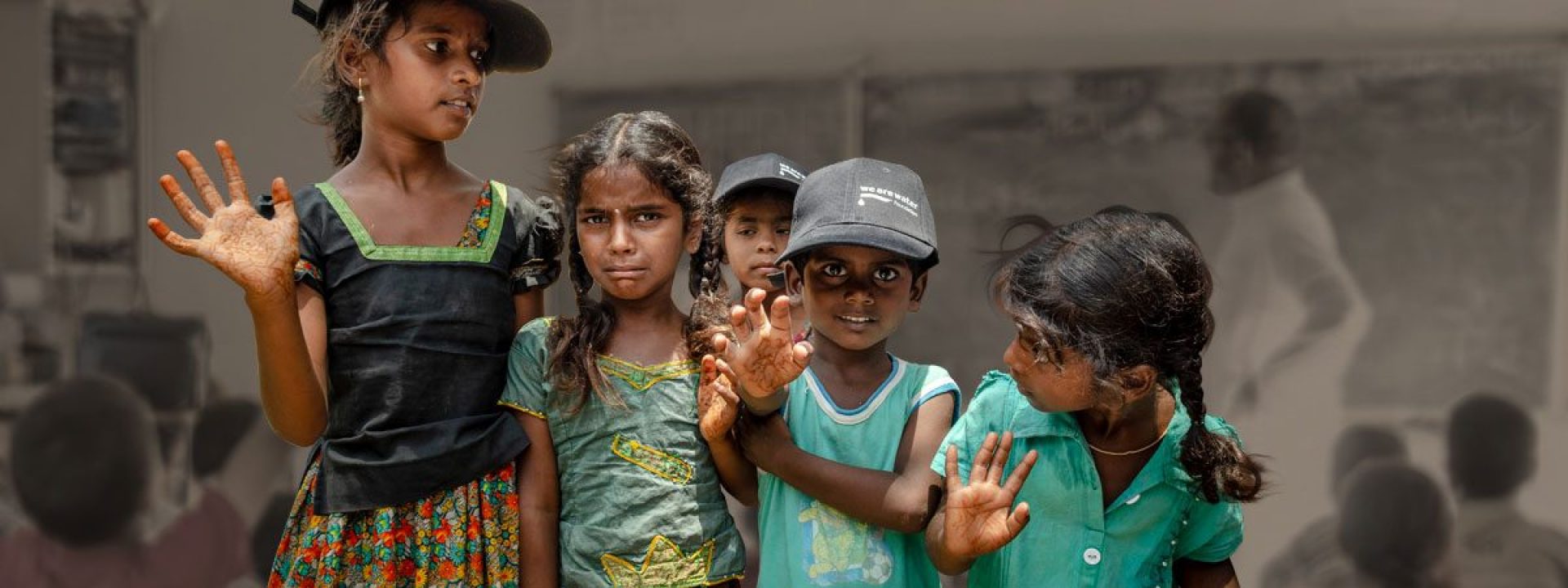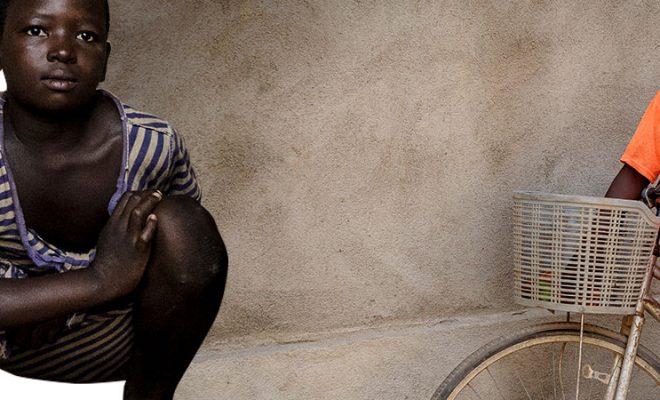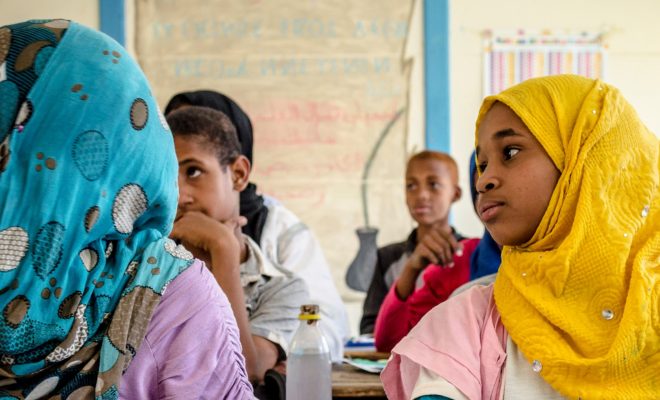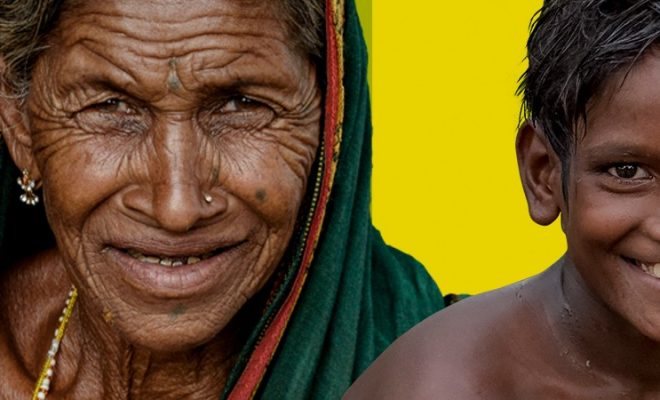
From the perspective of the economically developed world, it is hard to imagine children attending school without access to safe drinking water. However, some 288 million children under 15 still lack this service in their schools: they cannot drink between classes and during meals unless someone, often themselves, fetches water from a nearby source, which does not always comply with health standards.
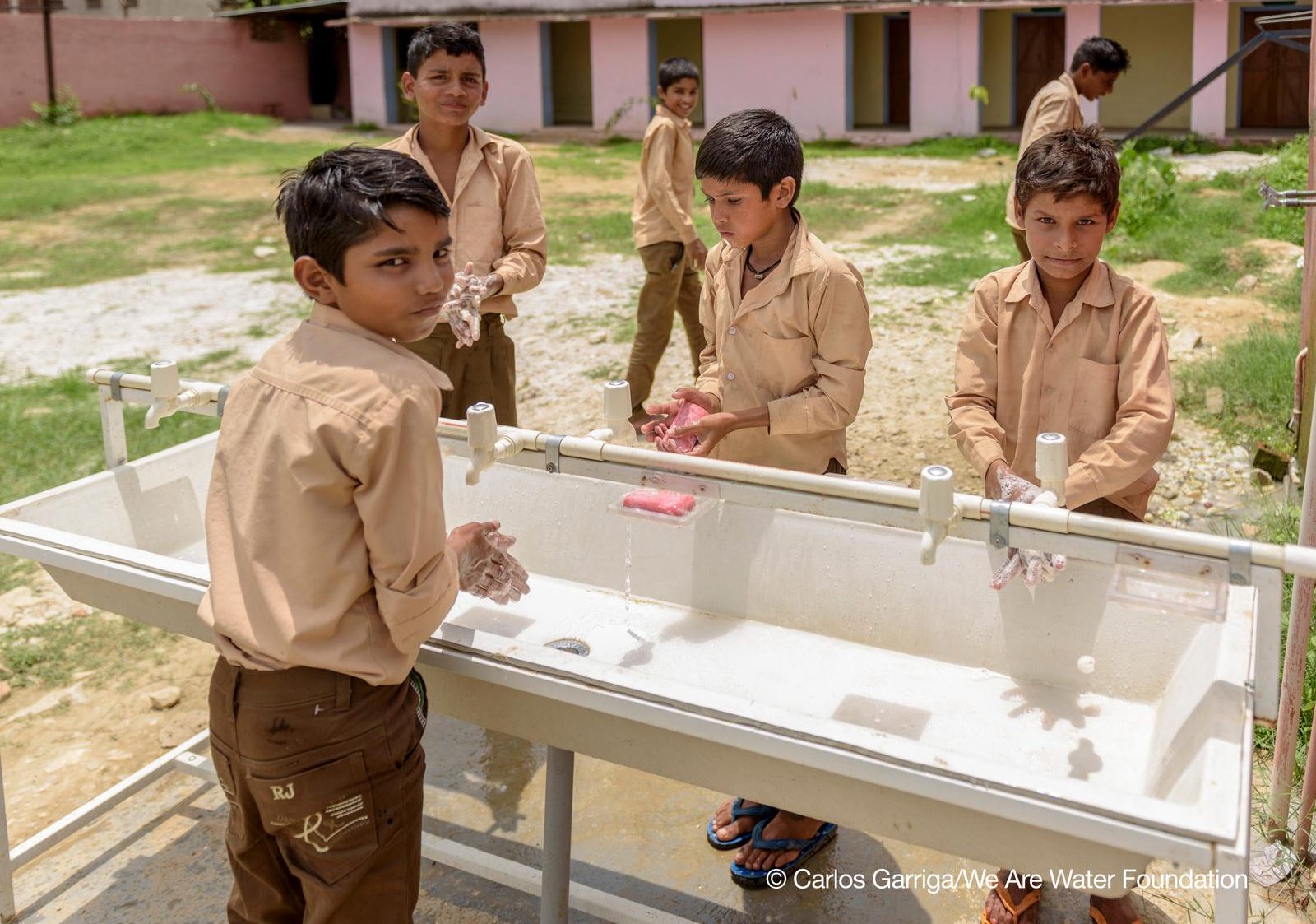
Schools are the foundation for health and hygienically efficient behavior, and students guarantee that communities keep moving forward © Carlos Garriga / We Are Water Foundation
It is perhaps harder to imagine the lack of toilets. However, 240 million students worldwide still have to leave school to defecate in the open or use unsafe latrines without privacy or security. This stressful experience for millions of girls compromises their safety and dignity, and they drop out of school.
¿Manos limpias en la escuela?
In the economically prosperous world, it is unthinkable that schoolchildren do not wash their hands before and after eating or using the toilets. This is a fundamental principle in any educational system, and its practice is instilled in children as soon as they can reach the faucet in the washroom. However, there are 480 million students who do not have any facilities in their schools to do so, and not all of those that do have them can provide adequate hygienic service: clean water, soap, and towels are not within reach of 321 million students. This means that four out of every ten school-age children worldwide cannot practice an essential personal hygiene routine: washing their hands.
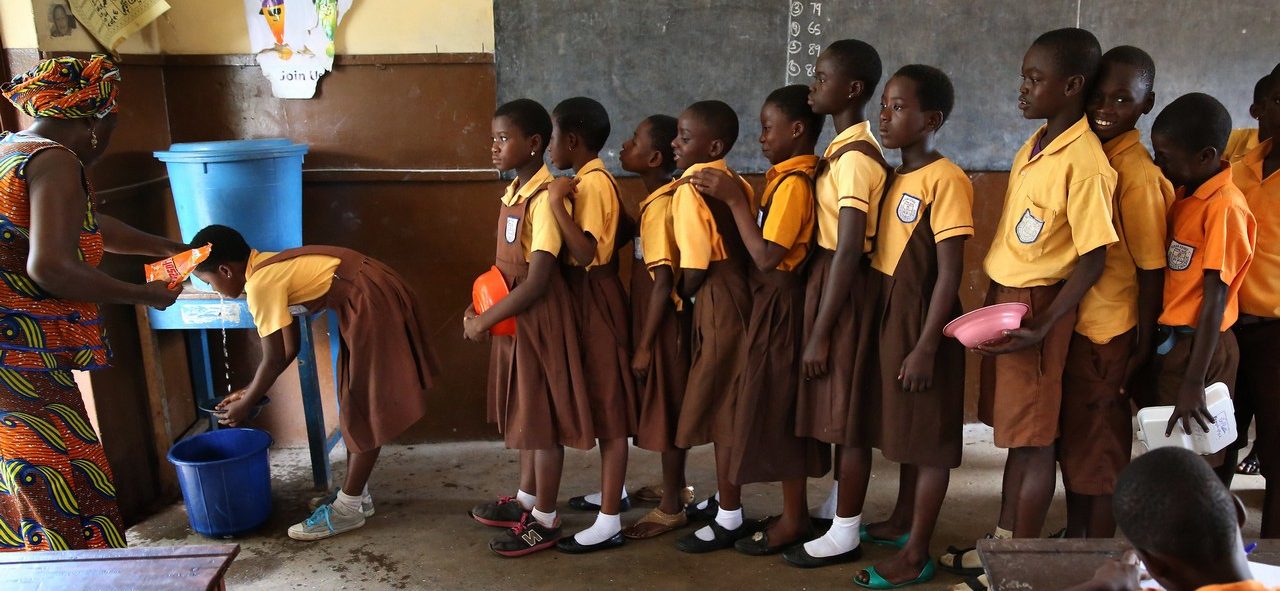
Clean water, soap, and towels are not within reach of 321 million students. © Ray Witlin / World Bank
The WHO/UNICEF Joint Monitoring Program (JMP) has recently included 2021 data in its monitoring of the evolution of access to water, sanitation, and hygiene since the start of the 2030 Agenda. Since 2015, there has been progress despite the alarming stagnation of the last three years.
The worst figures are in pockets of extreme poverty, which has prompted urgent calls from UN agencies and NGOs. The slowdown has come in the wake of the coronavirus pandemic, which is paradoxical given that this was when the vast majority of us became aware of the importance of hand washing to prevent the transmission of infections.
Cortar un círculo vicioso nefasto
The evolution of SDG 6 in schools must not stall under any circumstances. A close relationship exists between health and education, a fundamental pairing to eradicate poverty and helplessness in the world’s most deprived areas.
The relationship between SDG 6 (clean water and sanitation) and SDG 3 (health and well-being) is more than obvious, as diseases transmitted by unsafe water and unsanitary conditions cause all kinds of intestinal infections, pneumonia, and malaria, to name the most common diseases. The most vulnerable are children under five: according to UNICEF and WHO, more than 800 children die daily from unsafe water. In 2015, diarrhea was India’s third leading cause of child mortality, responsible for 13% of all deaths per year in children under five.
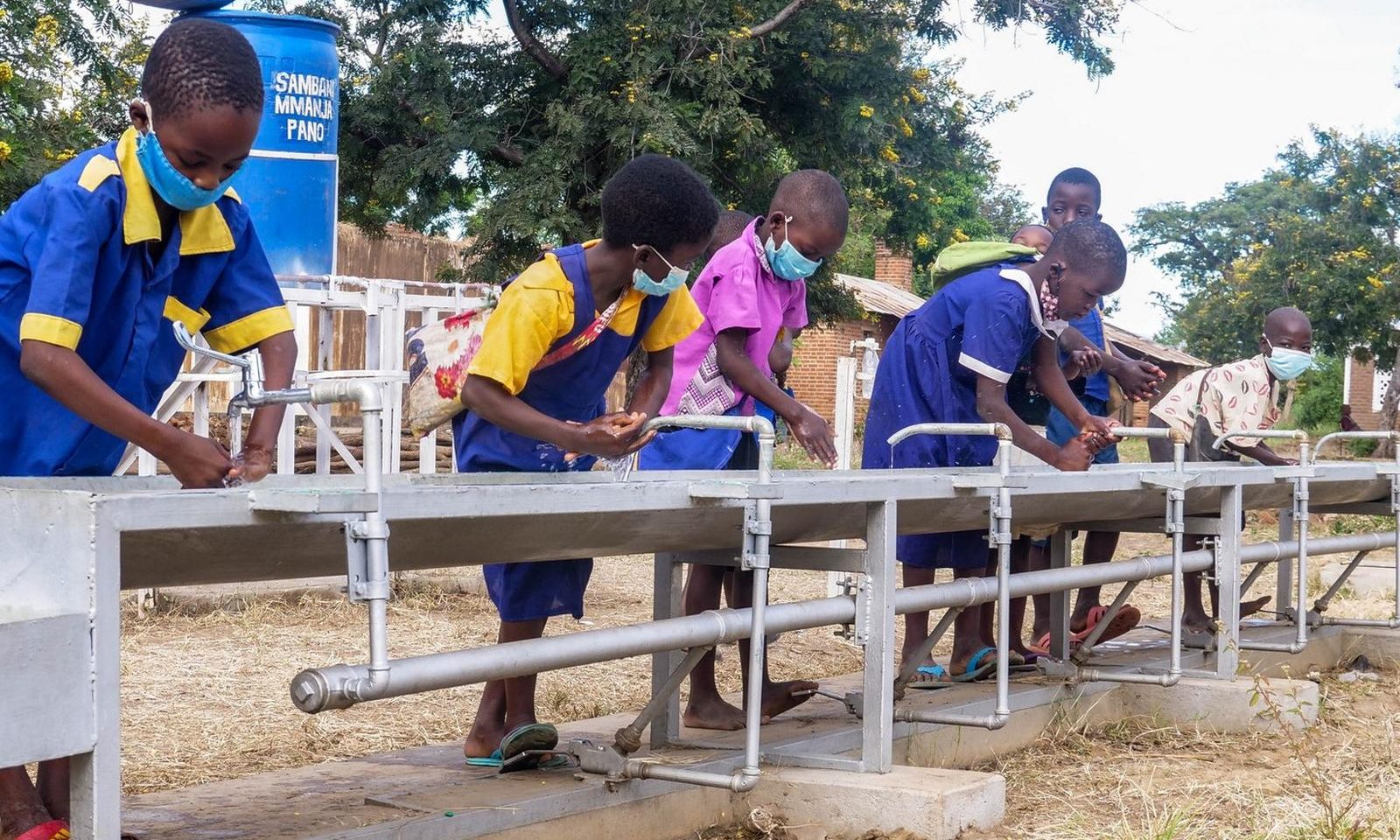
The evolution of SDG 6 in schools must not stall under any circumstances. A close relationship exists between health and education. © Unicef
According to WHO experts, proper hand washing with soap and water would prevent about 44% of deaths caused by diarrheal diseases and 25% of acute respiratory infections, the leading cause of death among children under five years of age worldwide.
Trachoma, a little-known eye disease spread when washing the face with water contaminated by the bacterium chlamydia trachomatis, is also the cause of blindness in 1.9 million people and is transmitted at an early stage in schools in the world’s poorest areas.
Childhood illnesses disrupt families, and the cost of school dropout they cause is a burden that, in many cases, hinders progress toward poverty eradication. This situation has been endemic for years in many sub-Saharan African countries and parts of South Asia and Latin America. Achieving SDG 4 (quality education) is also the subsequent link in the chain to SDG 1 (end poverty).
Nuevos proyectos hacia la cultura de la higiene
In two new projects in India, we again focus on the most vulnerable schools. In the states of Uttarakhand and Rajasthan, we are collaborating with Habitat for Humanity to build complete sanitation and hygiene facilities and improve access to water in three schools in the most neglected communities.
WHO estimates that the total number of diarrhea deaths in India among children under six was 158,209, and the proportional mortality in this age group was 9.1%. In both project areas, diarrhea is endemic. In Rajasthan, India’s most water-stressed state, nearly 25% of the state’s villages also suffer from high fluoride levels in groundwater.
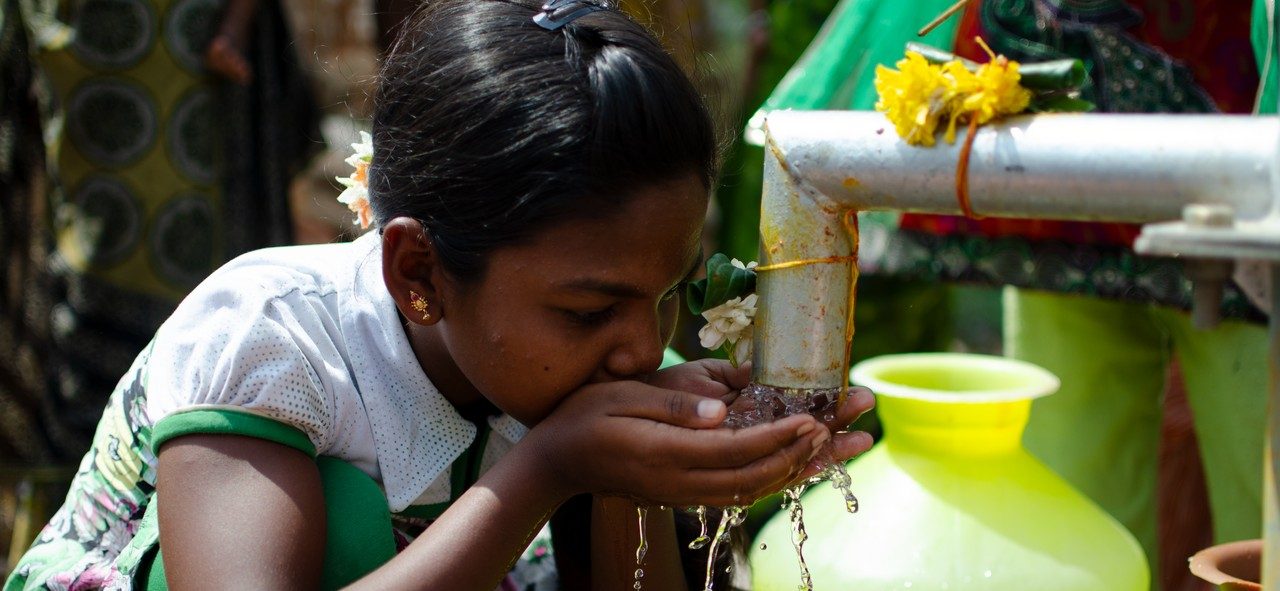
We have seen this in the more than 200,000 young people who have benefited from the 25 projects we have developed to provide water, sanitation, and hygiene in schools in 13 countries. © Carlos Garriga /We Are Water Foundation
Both projects are based on creating a water, sanitation, and hygiene culture. The first consequence is the health of the students and the maintenance of the educational cycles by curbing school dropout rates, especially among girls. The second is that the students will be the main guarantors of the sustainability of the facilities, as they will learn how to operate them and be aware of the importance of their health. The third may benefit them most in the long term: they will convey this knowledge to their families and create the cultural fabric of water and hygiene.
We have seen this in the more than 200,000 young people who have benefited from the 25 projects we have developed to provide water, sanitation, and hygiene in schools in 13 countries. Each one of them is the best driving force for the progress of their community.


